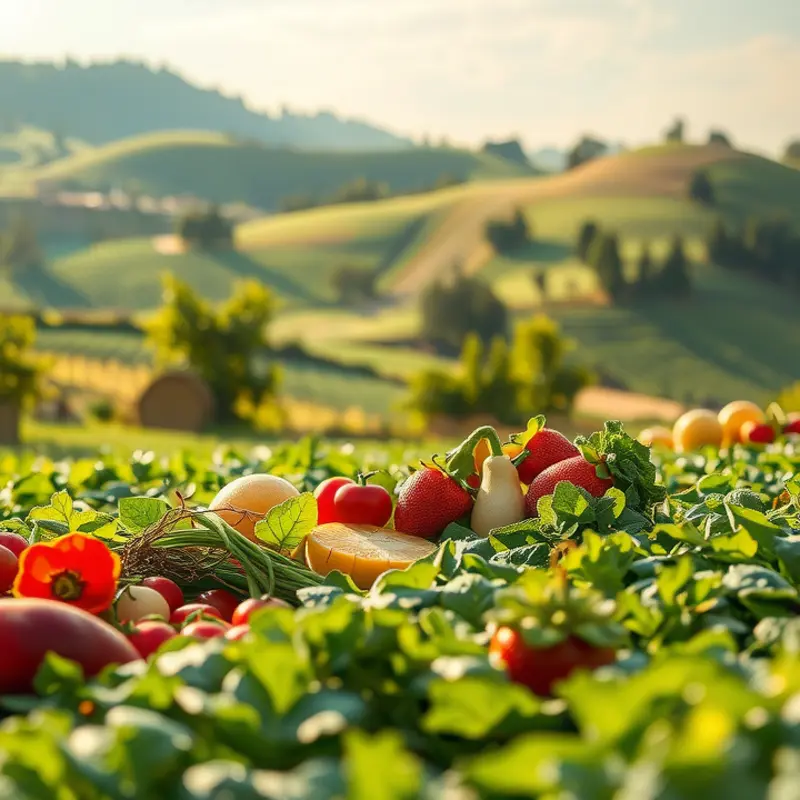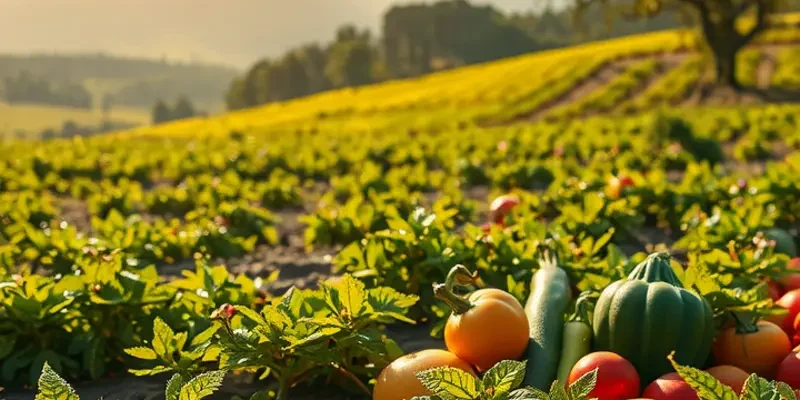Leftovers can be a blessing or a burden. When managed effectively, they save time, money, and resources. However, improper storage or excessive cooking can lead to wasted food and increased expenses. Making a few adjustments in how you handle and store food can significantly minimize waste and help you enjoy your meals longer. Let’s explore practical tips for safely storing food, cutting down on waste, and managing leftovers effectively.
Smart Storage Solutions: Keep Your Food Fresh

Storing leftovers properly not only extends their shelf life but can also enhance their flavors over time. Different types of foods require different storage techniques to prevent spoilage and maintain freshness.
The Role of Refrigeration and Freezing
Refrigeration is ideal for short-term storage, typically suitable for up to a week, depending on the food type. Store leftovers in airtight containers to minimize moisture loss and prevent exposure to other odors. Ensure your fridge is set at the optimal temperature, ideally between 35°F and 38°F, to slow down bacterial growth.
For long-term storage, freezing is your best option. Use freezer-safe containers or heavy-duty bags to protect your food from freezer burn. Label your containers with dates to track storage times effectively. Consider freezing leftovers in portion-sized containers to make defrosting easier.
Choosing the Right Containers
Glass containers are excellent for refrigeration as they do not absorb odors and are easy to clean. They’re also suitable for reheating food, offering a seamless transition from the fridge to the oven or microwave.
Plastics, particularly those labeled as BPA-free, are lightweight and can be suitable for both refrigeration and freezing. However, they might absorb odors over time, so routine checks are advisable.
Silicone bags are a sustainable choice for both refrigeration and freezing. They are durable, reusable, and take up less space compared to traditional containers.
When freezing, remove as much air as possible from your containers. Less air means less chance of freezer burn. Also, leaving about an inch of space at the top of containers allows for expansion, particularly for liquid-based foods.
Optimizing Space and Organization
Organizing your storage space can significantly impact food longevity. Store leftovers in the middle shelves of your refrigerator where temperatures are most consistent. In freezers, keep older items at the front and newly stored food at the back.
Utilize drawer organizers or bins to categorize leftovers by type—dairy, meats, vegetables—to make accessing foods more efficient. You can further enhance your storage strategy by implementing eco-friendly kitchen practices, which not only promote better storage but also reduce waste.
Enhancing Flavors During Storage
Some foods, like soups, stews, and casseroles, develop richer flavors after a day or two. This is due to the melding of ingredients over time, enhancing taste profiles. To retain these flavor benefits, avoid excessive reheating, which can dry out your food.
Smart storage solutions not only ensure your leftovers remain fresh and safe to eat but can transform them into tastier meals. With thoughtful planning and the right techniques, reducing leftovers waste becomes an achievable goal.
Creative Culinary Solutions: Reimagining Leftovers

Transforming leftovers into mouth-watering meals requires a pinch of creativity and a dash of experimentation. Instead of viewing yesterday’s meal as today’s burden, reimagine it as a blank canvas. This approach not only minimizes waste but injects exciting diversity into your culinary repertoire.
The art of stir-frying is a timeless technique that can revitalize leftover vegetables and proteins. Begin by heating a splash of oil in a pan, then toss in your leftover veggies, adding a protein if desired. Boost the flavor with a hint of soy sauce or a sprinkle of spices, and in minutes you have a quick, nutritious meal. This flexible method readily adapts to any ingredients you have at hand.
Soups offer another excellent opportunity to utilize leftovers creatively. Leftover roasted chicken or beef can form the backbone of a hearty broth. Incorporate past vegetables by mincing or blending them into the base. Adding beans or grains enhances the soup’s texture and nutritional value, turning it into a comforting and wholesome dish.
Casseroles are a brilliant vehicle for disguising and reinventing leftovers. Layer ingredients such as cooked pasta, rice, or fresh greens with your leftover proteins and vegetables. A simple sauce made from pantry staples like tomatoes or cheese can bind everything together. Bake until piping hot and golden, and no one will guess the origins of such an appetizing meal.
For those with a sweet tooth, even desserts are not off the table. Stale bread can transform into a delicious bread pudding. Combine it with milk, eggs, and your choice of sweetener, add some spices or fruits, and bake until set. The result is a rich, satisfying dessert that rescues bread from the brink.
Rethinking leftovers requires a shift in mindset through embracing flexibility and creativity. Dare to depart from the familiarity of a leftover meal’s original form. Discovering new combinations not only begets culinary satisfaction but also contributes to a sustainable kitchen.
Explore more on how minimal preparation dinners can complement your efforts to reduce waste here. This not only aids in managing time effectively but also ensures every ingredient shines in a new light, reducing food waste drastically.
By integrating these strategies into your daily routine, not only will you be supporting a more sustainable food system, but you’ll also surprise yourself with the culinary wonders you can create from yesterday’s fare.
Final words
Reducing leftovers waste is an attainable goal with dedicated organization and a dash of creativity. By mastering effective food storage and exploring inventive ways to repurpose meals, you can not only minimize waste but also enhance your dining experience. Implementing these straightforward strategies into your routine will create a significant impact on your kitchen management, save you money, and contribute positively to the environment. Start today, and take pride in making conscious choices that support sustainability.







